Archives
- 2025-12
- 2025-11
- 2025-10
- 2025-09
- 2025-03
- 2025-02
- 2025-01
- 2024-12
- 2024-11
- 2024-10
- 2024-09
- 2024-08
- 2024-07
- 2024-06
- 2024-05
- 2024-04
- 2024-03
- 2024-02
- 2024-01
- 2023-12
- 2023-11
- 2023-10
- 2023-09
- 2023-08
- 2023-07
- 2023-06
- 2023-05
- 2023-04
- 2023-03
- 2023-02
- 2023-01
- 2022-12
- 2022-11
- 2022-10
- 2022-09
- 2022-08
- 2022-07
- 2022-06
- 2022-05
- 2022-04
- 2022-03
- 2022-02
- 2022-01
- 2021-12
- 2021-11
- 2021-10
- 2021-09
- 2021-08
- 2021-07
- 2021-06
- 2021-05
- 2021-04
- 2021-03
- 2021-02
- 2021-01
- 2020-12
- 2020-11
- 2020-10
- 2020-09
- 2020-08
- 2020-07
- 2020-06
- 2020-05
- 2020-04
- 2020-03
- 2020-02
- 2020-01
- 2019-12
- 2019-11
- 2019-10
- 2019-09
- 2019-08
- 2018-07
-
br Materials and methods br Results To investigate the
2019-12-11
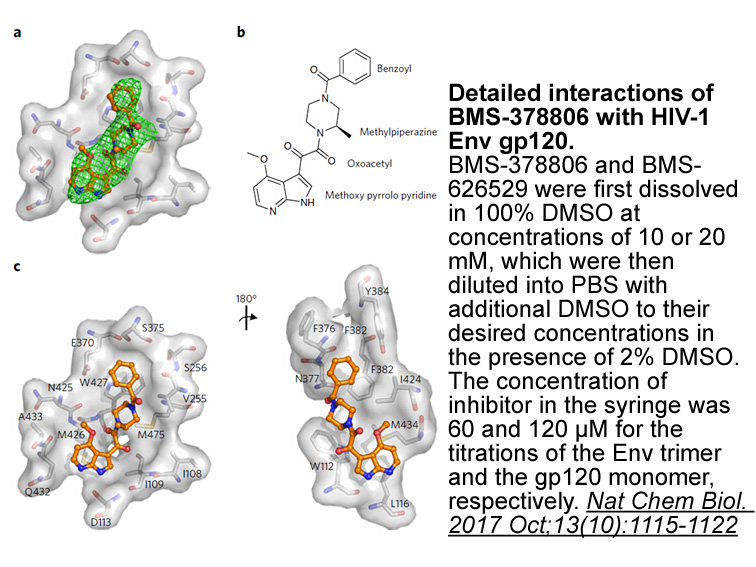
Materials and methods Results To investigate the effect of 17βE on cell proliferation in the human renal tubular epithelia, BrdU uptake was measured in HRTEC primary and 3D-HRTEC cultures, allowing determination of the DNA replication rate. Representative microphotographs show BrdU uptake in H
-
br Materials and methods br
2019-12-11
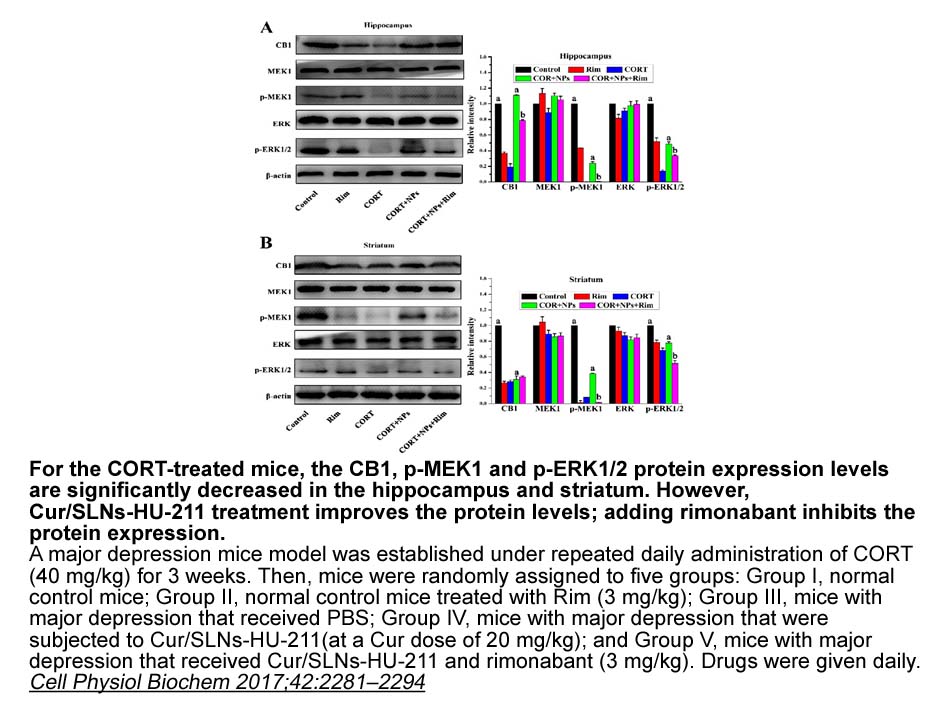
Materials and methods Results Discussion DUSP1 is a member of the subfamily of the Dusl specific phosphatases (DUSPs). High levels of DUSP1 observed in lung, liver and placenta, and low levels have been found in the Ciclopirox ethanolamine and kidney. DUSP1 has been shown to be elevated in
-
br Methods Ventricular cardiomyocytes from adult male Wistar
2019-12-11
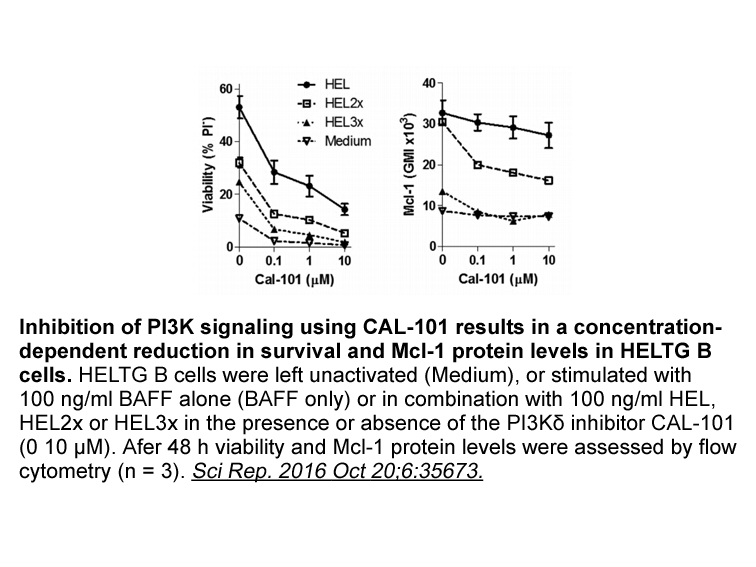
Methods Ventricular cardiomyocytes from adult male Wistar rats were isolated using a standard enzymatic digestion [11]. Cells were incubated at 37°C for 4 to 6h with Tyrode solution (in mM: 140 NaCl, 4 KCl, 1.1 MgCl2, 10 HEPES, 10 glucose, 1.8 CaCl2; pH7.4, with NaOH) supplemented or not with 10μ
-
br Materials and methods br Results br Discussion Fluoride
2019-12-11
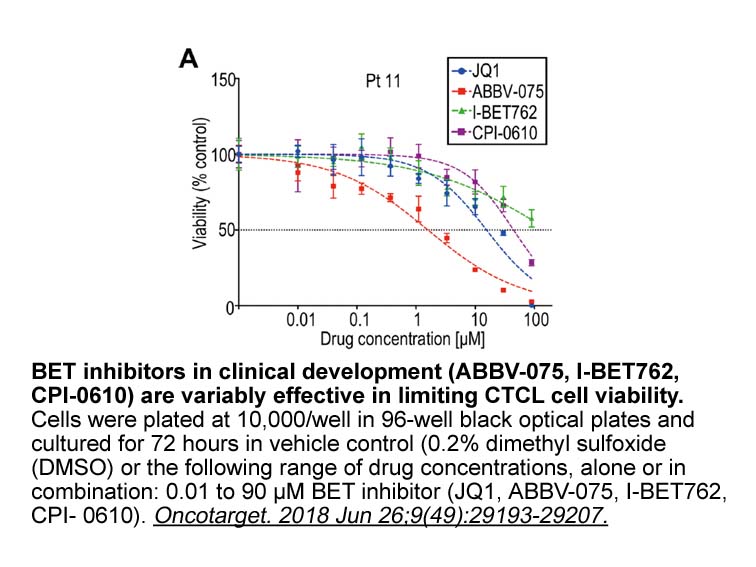
Materials and methods Results Discussion Fluoride has multiple effects that contribute to caries prevention. S. mutans is 20- to 40-fold more sensitive to NaF than Lactobacillus casei and seven-fold more sensitive than some species of Actinomyces[10]. There are some specific metabolic effec
-
In addition to vasoconstrictor actions acute effects
2019-12-11
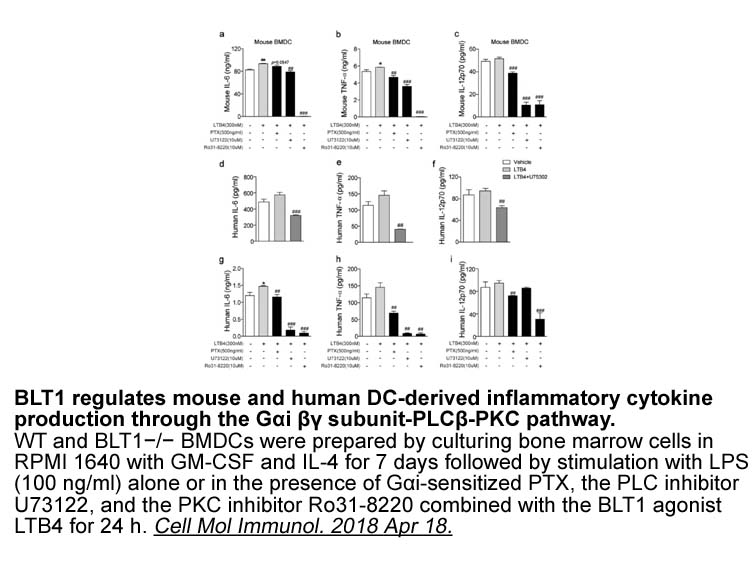
In addition to vasoconstrictor actions (acute effects), ET-1 exerts potent mitogenic actions on vascular smooth muscle cells and cardiac myocytes (chronic effects), hence causing vascular and cardiac hypertrophy [19,24,25]. These effects are mediated via stimulation of either ETA or ETB receptors, a
-
In accordance with its original discovery EBI
2019-12-11
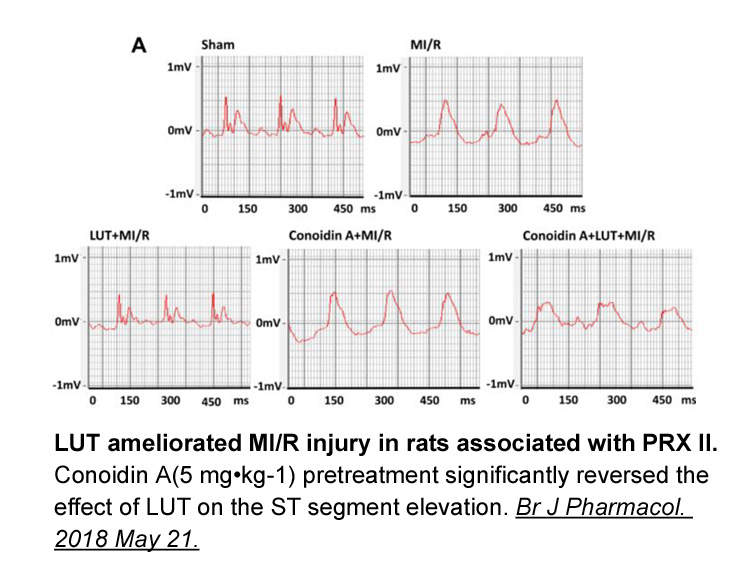
In accordance with its original discovery, EBI2 may play its major role in response to viral infections or in a pathological context such as in autoimmunity. Although we found a significant delay of onset in the Th17 transfer EAE model, active EAE was unchanged in absence of EBI2. At the moment, we
-
odanacatib We elucidated that the ten DGK isozymes have diff
2019-12-11
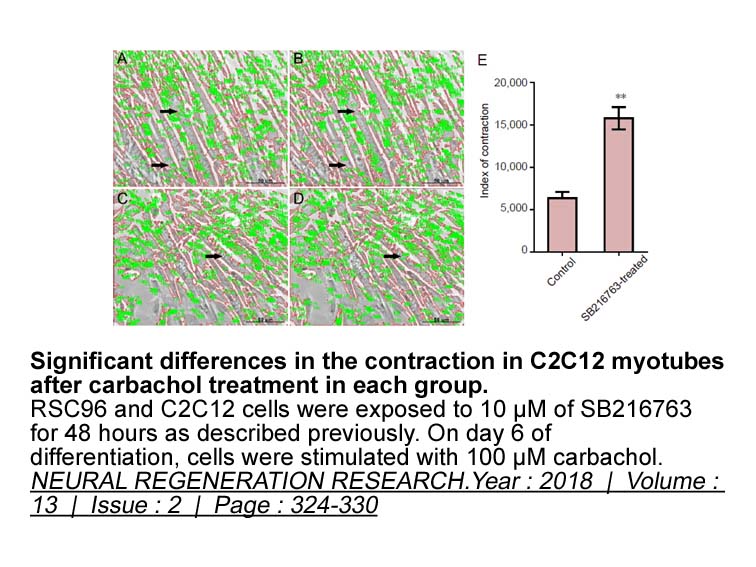
We elucidated that the ten DGK isozymes have different relative 1-MGK and 2-MGK activities vs DGK activity under the same conditions. However, because the octylglucoside-mixed micellar assay was developed for DGK, it is not known whether the DGKs exhibit maximum 1-MGK and 2-MGK activities in this as
-
The aniline R group was extensively explored
2019-12-11
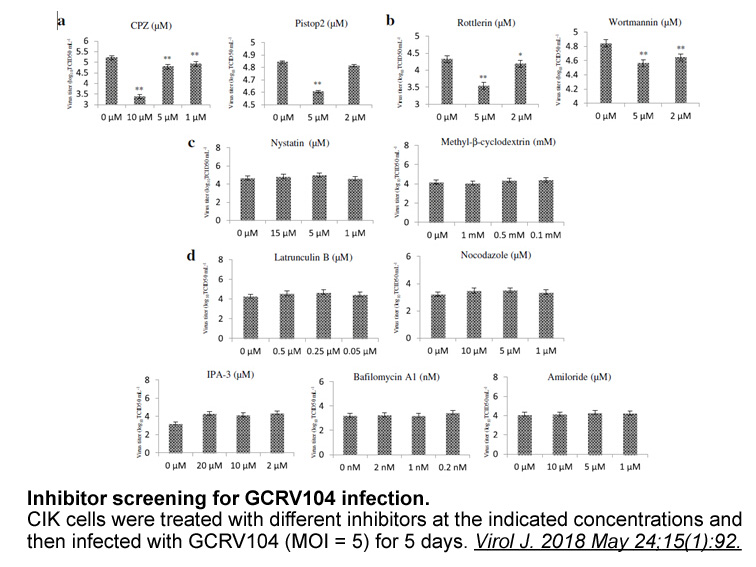
The aniline R2 group was extensively explored and a large variety of substitution was tolerated at several positions on the aryl ring (). Notably, substitution at the 3-position often gave increased potency. Increasing lipophilic bulk at this position gave increasing potency within an ether series (
-
br Materials and methods br
2019-12-11
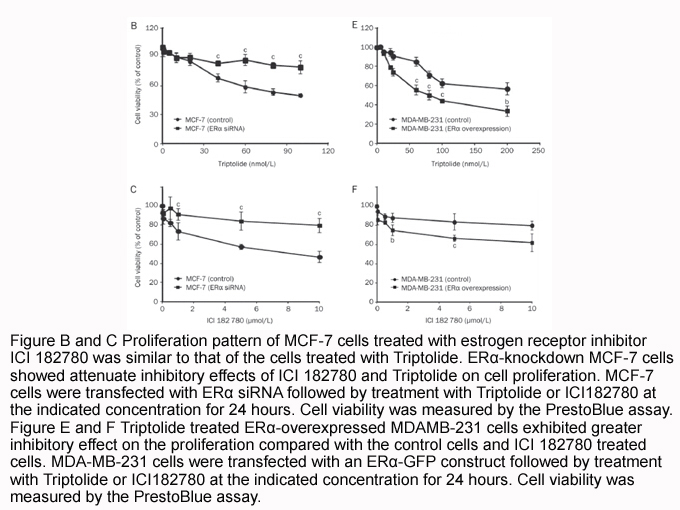
Materials and methods Results Discussion Prolyl 4-hydroxylases are oxygenases with key roles in a variety of biological processes including oxygen sensing, siRNA regulation and collagen folding (Gorres and Raines, 2010). Hydroxyproline is particularly abundant in collagenous proteins which
-
In summary synthetic routes with moderate
2019-12-11
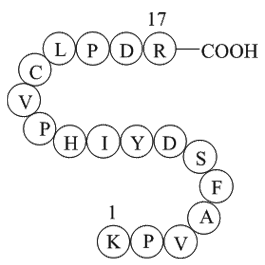
In summary, synthetic routes with moderate to high yields have been developed to produce difluoro-dioxolo-benzoimidazol-benzamides including reference standards and , and -desmethylated precursors and , and carbon-11-labeled difluoro-dioxolo-benzoimidazol-benzamides target tracers [C] and [C]. The
-
The intestinal cholesterol absorption markers sitosterol and
2019-12-11
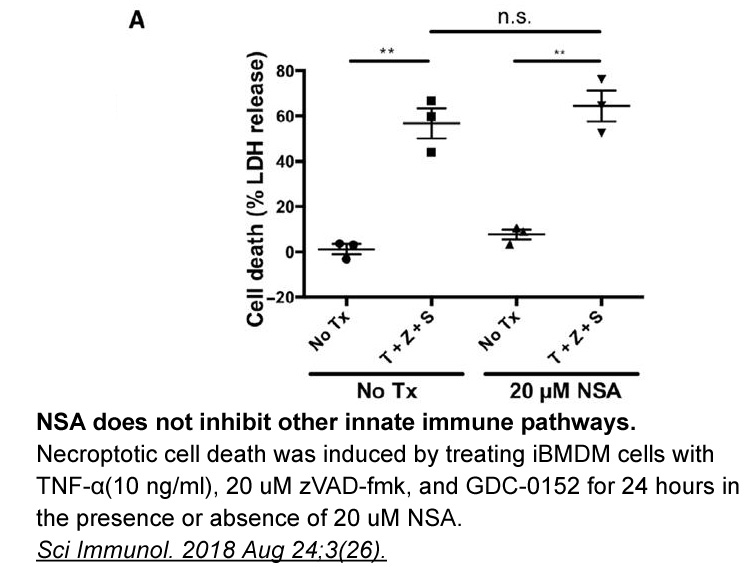
The intestinal cholesterol Capsazepine markers sitosterol and campesterol to cholesterol levels were significantly lower in Villin-Tgif1 mice compared to wild type mice, irrespective of diet. However, the decrease was less pronounced in Villin-Tgif1 mice fed a chow diet (∼20–30%) compared to mice fe
-
In conclusion the present study demonstrates that E
2019-12-11
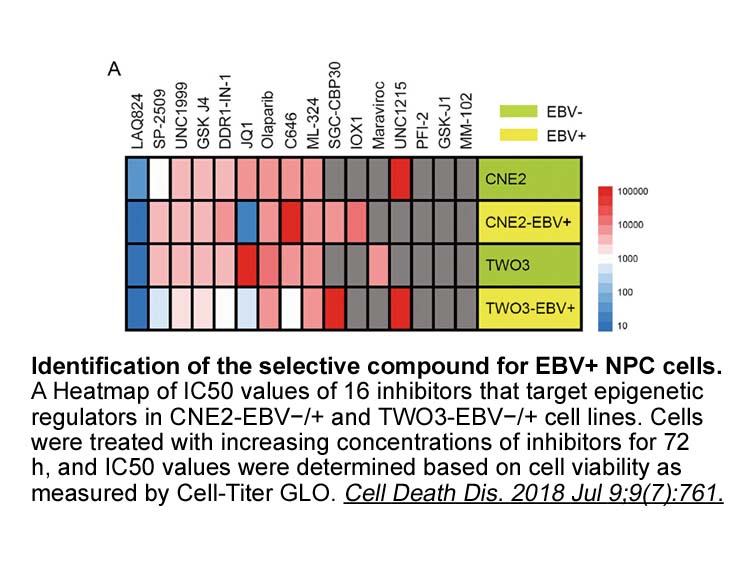
In conclusion, the present study demonstrates that E2\'s antiapoptotic effects are significantly reduced by coadministration of progestogens. The combination of E2 and progestogens resulted in diverging effects on the expressions of ERs and PRs, which induced different effects on the cell growth of
-
br Materials and methods br Results br
2019-12-11
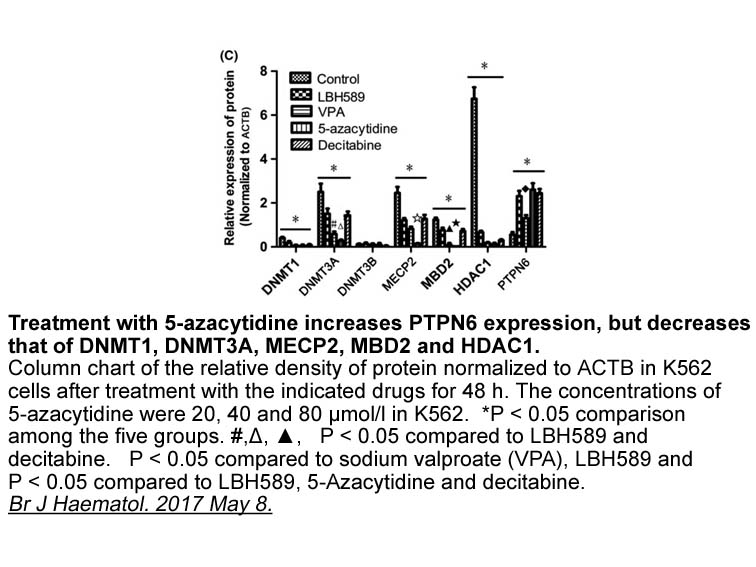
Materials and methods Results Discussion The oestrogen agonist properties and androgen antagonist activities of parabens have been well documented by a variety of in vitro and in vivo assay systems over the past decade (Chen et al., 2007, Darbre and Harvey, 2008, Golden et al., 2005). To th
-
VMD v Humphrey et al was used to analyze the
2019-12-11
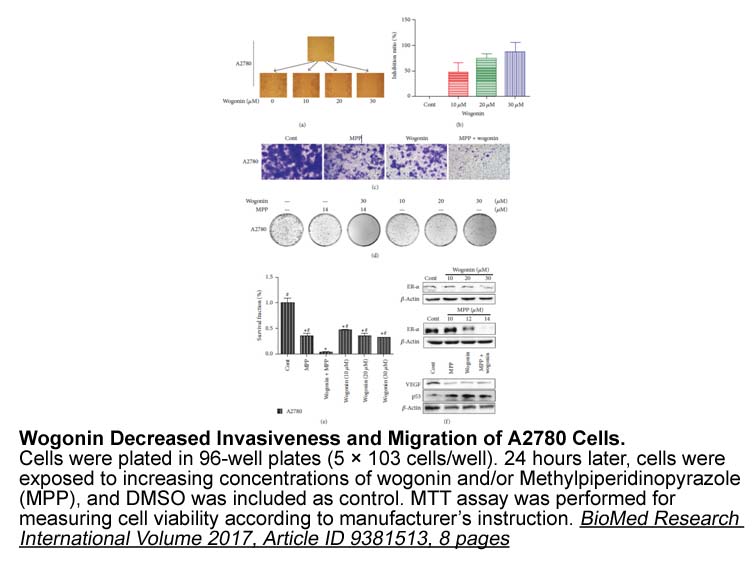
VMD v1.9.2 (Humphrey et al., 1996) was used to analyze the MD trajectories, salt bridge interactions and secondary structure information from each frame. Once the model was optimized, the topological diagram and area and volume of protein cavities were analyzed using PDBsum (Laskowski, 2009) and CAS
-
Preparation of the regioisomeric pyridooxazepinones and was
2019-12-10
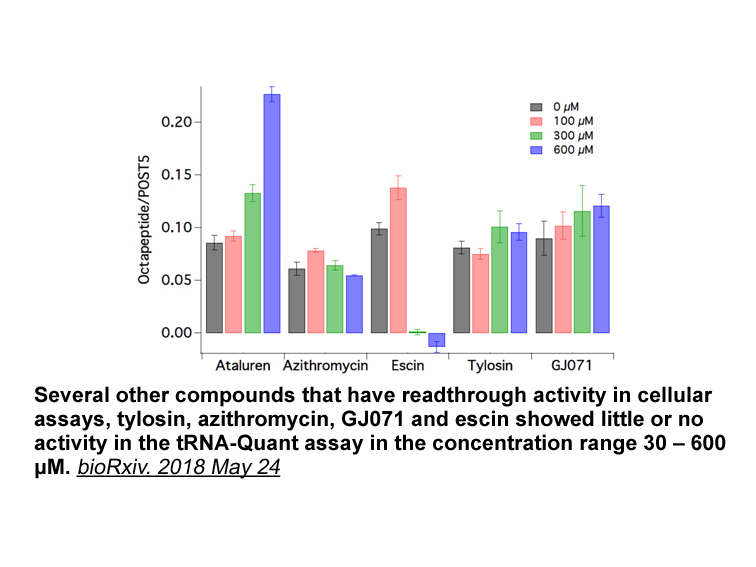
Preparation of the regioisomeric pyridooxazepinones 10 and 11 was accomplished utilizing the synthetic sequence depicted in Scheme 3. Amide coupling of 63 and Ac-Endothelin-1 (16-21), human chloride 64 afforded amide 65. Removal of the alcohol protecting group, followed by base catalyzed cyclization
14533 records 919/969 page Previous Next First page 上5页 916917918919920 下5页 Last page